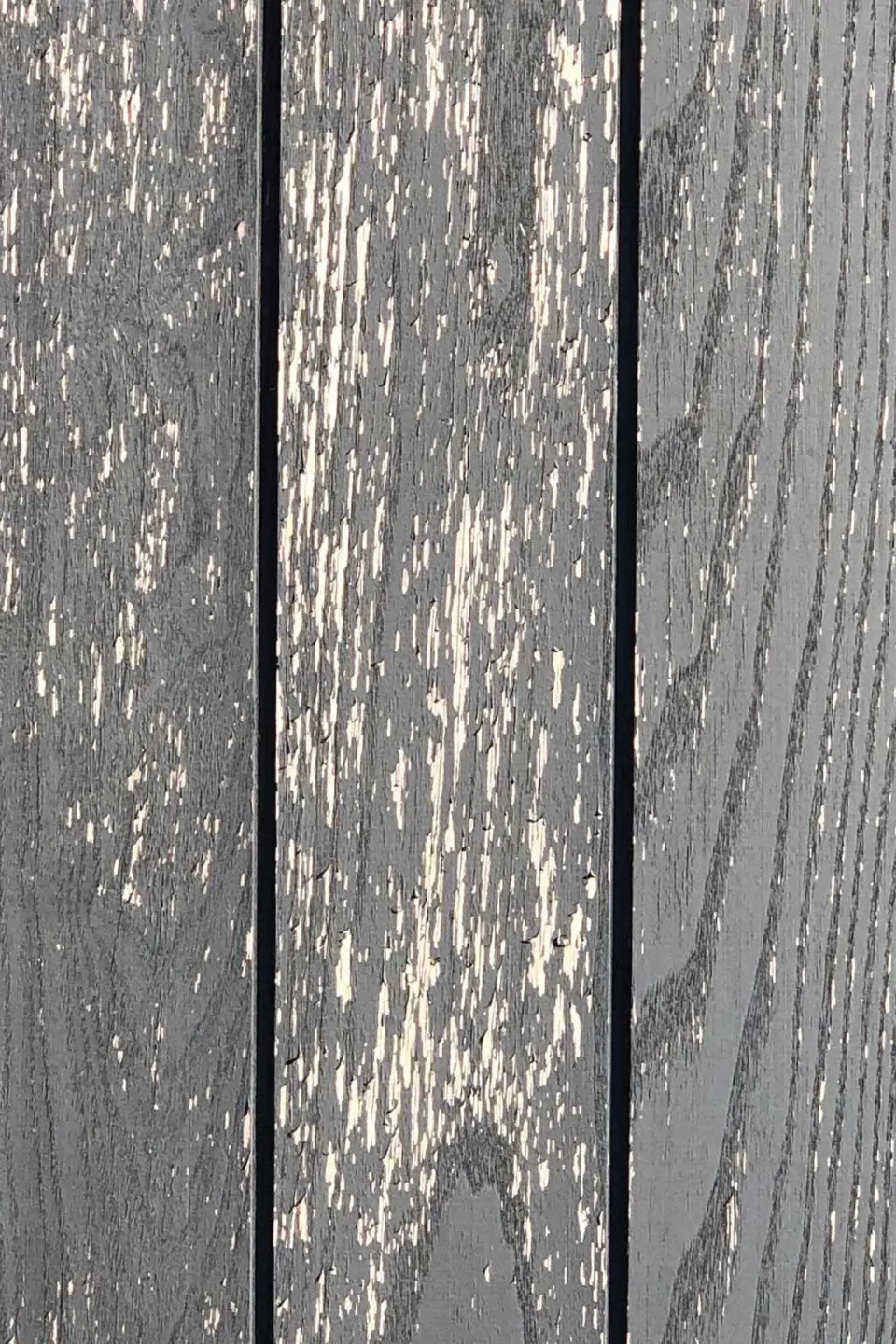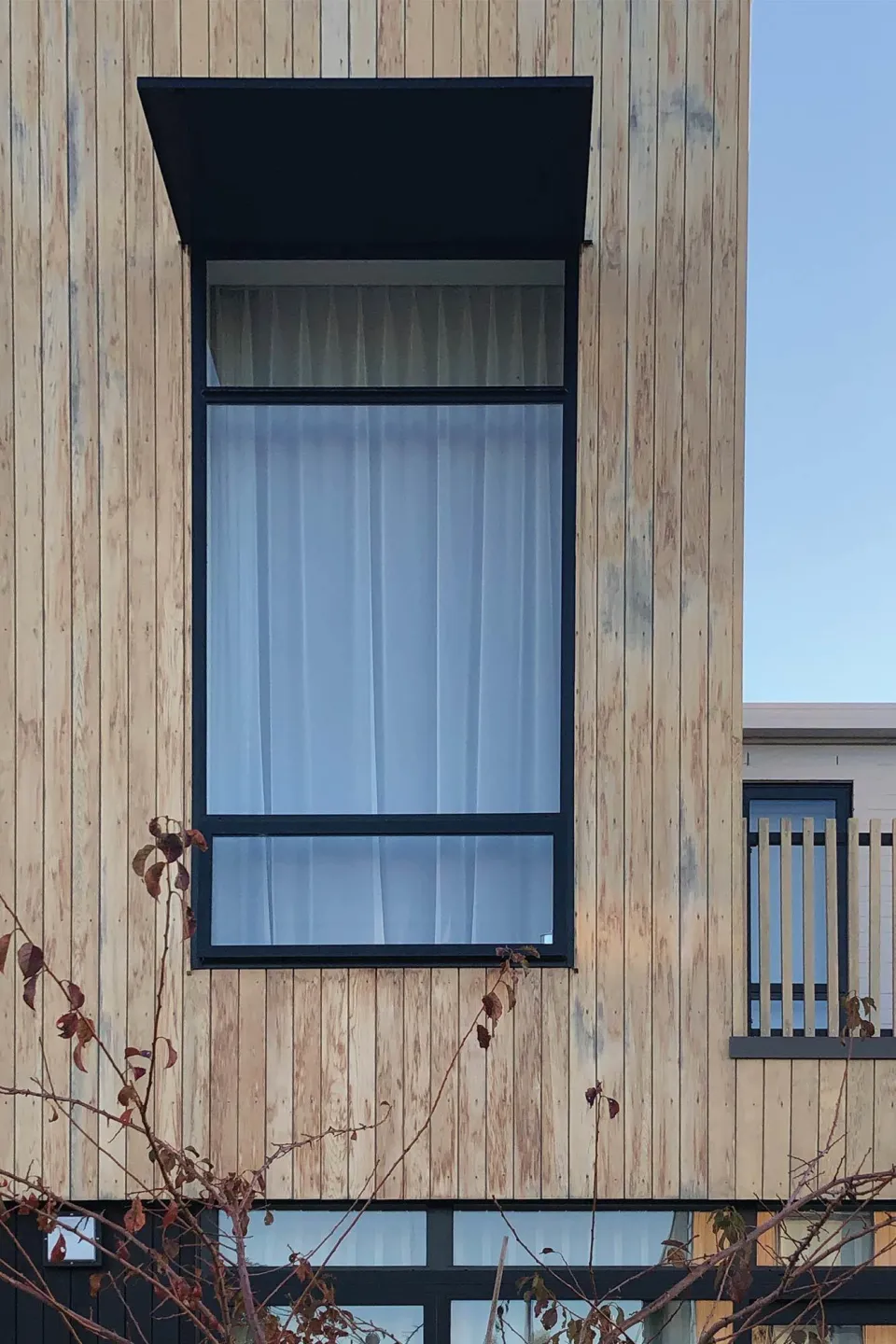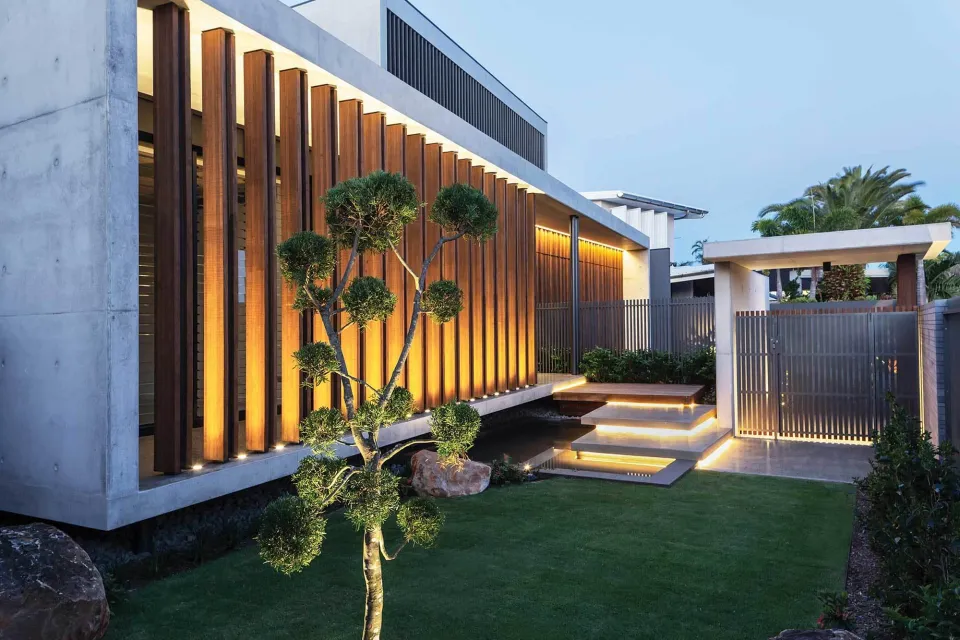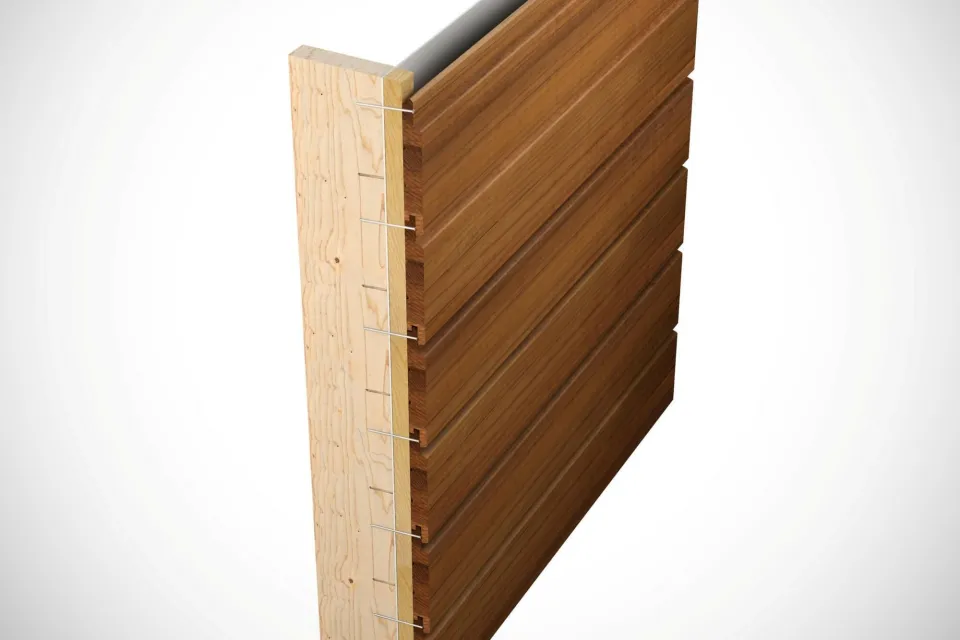-
About
-
Products
- By Timber Product
- Cladding
- Decking
- Joinery
- Screening
- Panelling
- View all
- By Application
- Exterior Cladding / Siding
- Exterior Rain Screen
- Exterior Roofing
- Interior Walls & Ceilings
- Soffits
- Screening, Fins & Battens
- Windows, Doors & Joinery
- Posts & Beams
- Accessories + Samples
- Coatings
- Fixings
- Samples
-
Shop
- Samples
- Timber Samples
- Architectural Sample Box
- View all
- Accessories
- Coatings
- Fixings
- View all
-
Resources
- By Resource Type
- Technical Data Sheets
- Guides & Manuals
- Technical Articles
- Profile Drawings
- View all
- How To
- How To Specify
- How To Install
- How To Maintain
- Projects
- Contact
De-risking Timber Cladding - A Tested Timber Cladding System vs Sum of Parts
Traditional timber claddings use standard timbers, profiled to “industry standard profiles” and coated according to a given specification with a third party coating product.
Every time a change to one component of this sum of parts is made, there is the potential for problems. Typical examples of failure include inappropriate code compliant timbers combined with a certain profile, or more commonly the incorrect coating being selected.
These problems manifest themselves in different ways, and are highly expensive to remediate after they are found.
“In many instances product failure becomes a finger pointing exercise between the timber manufacturer, the coatings company and the specifier.”
Performance
BRANZ Bulletin 411: 2001: Recommended timber cladding profiles – is a general document used to determine timber profiles in New Zealand. This 19 year old document is still the “go to” guide for timber profiles in New Zealand. Bulletin 411 does not discuss timber types and species, nor may the profiles be appropriate for all timbers approved under the building code.
For example H3.2 Radiata Pine could be specified: while durable this product has woeful stability is liable to cup and warp within months of installation (Johnsonville).
Appropriate timbers need to matched with appropriate finishes and profiles. Much is made in BRANZ Bulletin 411 about the use of weather grooves for weathertightness. Alarmingly BRANZ themselves are not sure that the weather grooves specified in their bulletin actually work. The 2015 BRANZ study report SR322 the authors state “no significant performance gains were seen in large scale timber-clad walls that could be attributed to weather grooves”.
This alone demonstrates that little thought or testing has been put into the traditional profiles used in New Zealand today – it also creates a quantum of risk for specifiers and builders.
Fixings
There is a huge amount of variance in the types of fixing used for timber cladding, from nail guns to annual grooved nails. Many contractors are tempted to use the fastest solution without considering longer term problems.
Fixings represent the weak point in timber cladding. Moisture is most likely to enter weatherboards through fasteners penetrations. Abodo’s hidden fix system ensures no fasteners penetrate through the exposed face, minimising the chance of installation issues and moisture ingress.
Coatings
It is virtually impossible for coatings manufacturers to test their coatings with every timber substrate, there is simply too many options. The best they can do is identify commonly used timbers. For that reason it is common to see short term failure of coatings, particularly semi transparent coatings on timber cladding.
The use of darker colours is a minefield for specifiers – darker colours attract heat, which can manifest itself in increases substrate movement and resin bleed (for softwoods). Increased substrate movement means coats prematurely fail, in some cases flaking off. Little attention is paid to the role of surface texturing prior to coating. Texturing a surface increases both the loading, penetration and adhesion of coatings – simply put coatings applied to a textured surface will out perform a smooth face every time.
Abodo’s tested system includes a specific timber in a range of specific hidden fix profiles which make up a E2/VM1 tested weather tight system.
The boards are fixed using a self-drilling stainless steel screw and coated using a proprietary coating system developed for and tested with Vulcan, which includes dark colours.





